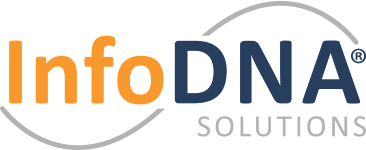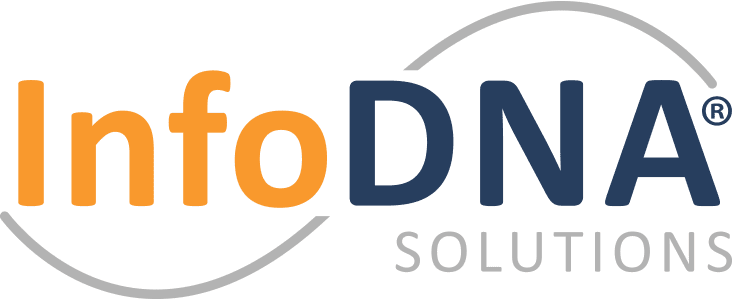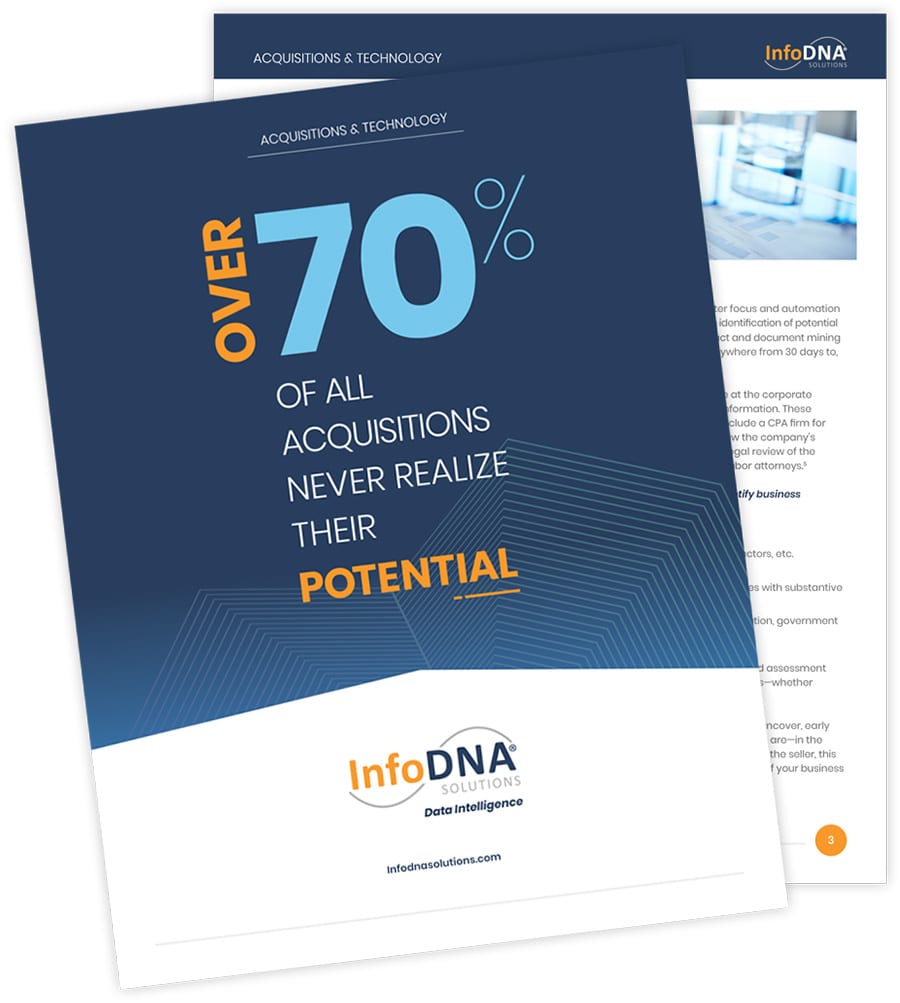
InfoDNA Solutions first mentioned this in a blog nearly 2 years ago as a small accounting with a significant financial and technology under-toe for organizations with 1000s of leases that define their business. ASC 842 is the new lease accounting standard issued by the Financial Accounting Standards Board (FASB). It contains guidance on the accounting and financial reporting for agreements meeting the standard’s definition of a lease. The goal of the new standard is to:
- Streamline the accounting for leases under US GAAP
- Enhance transparency into liabilities resulting from leasing arrangements (particularly operating lease contracts)
- Reduce off-balance-sheet activities
 A big change in the last two years is the time given to certain organizations to adhere to the new language. For private companies, the original FASB update was to be effective for reporting periods beginning subsequent to December 15, 2019. However, in October of 2019, the FASB delayed the effective date for private companies and nonprofit organizations. This was done in an effort to provide private companies with extra time due to the feedback and experiences of public companies and to allow for effective and efficient implementation of the new standard.
A big change in the last two years is the time given to certain organizations to adhere to the new language. For private companies, the original FASB update was to be effective for reporting periods beginning subsequent to December 15, 2019. However, in October of 2019, the FASB delayed the effective date for private companies and nonprofit organizations. This was done in an effort to provide private companies with extra time due to the feedback and experiences of public companies and to allow for effective and efficient implementation of the new standard.
A second delay for private companies was issued in June of 2020 making ASC 842 effective for private companies and nonprofit organizations annual reporting periods beginning after December 15, 2021.
With so many mergers, acquisitions, privatizations and bankruptcies over this time, this language has placed multiple billions of dollars of leases that still require discovery, evaluation and proper accounting for based on the details terms-and-conditions.
Exceptions
What makes this more complex are all the exceptions. There are some cases in which a contract contains a lease, but it’s out of the scope of Topic 842 and the guidance should not be applied to the transaction. Here are the out of scope lease types:
- Leases of intangible assets, such as cloud computing arrangements. The guidance for these agreements can be found in ASC 350, Intangibles – Goodwill and Other.
- Leases for the exploration or use of non-regenerative natural resources such as oil, natural gas, and minerals are covered under ASC 930, Extractive Activities – Mining, and ASC 932, Extractive Activities – Oil and Gas.
- Leases of biological assets such as plants, animals, and timber. These are addressed in ASC 905, Agriculture.
- Leases of inventory, which are covered under ASC 330, Inventory.
- Leases of assets that are under construction. These are addressed in ASC 360, Property, Plant, and Equipment.
But it does not mean these should not be properly managed. When a due diligence around a potential merger or acquisition arises these documents would be expected. InfoDNA has published a working paper on this topic <HERE>
 What to do
What to do
Have InfoDNA Solutions help an organization understand and automate the search and valuation of leases no matter where they reside. This includes:
- Start building an inventory of your leases
- Begin gathering your embedded lease
- Prepare for the calculations and disclosures needed under ASC 842
Most importantly, placing said documents in a more modern and searchable technology using what is available today in the cloud or on-premise. Learn more at www.infodnasolutions.com


